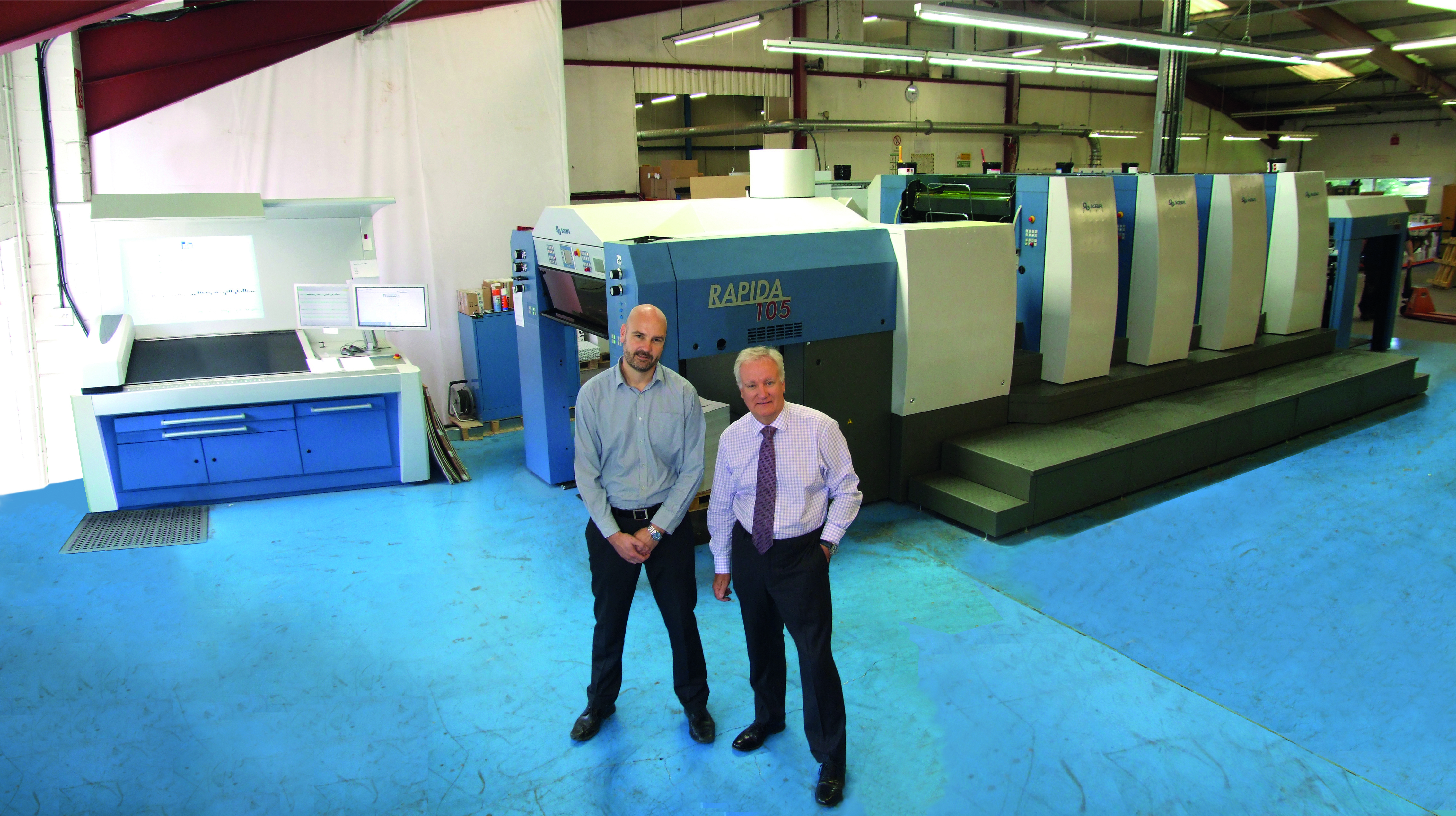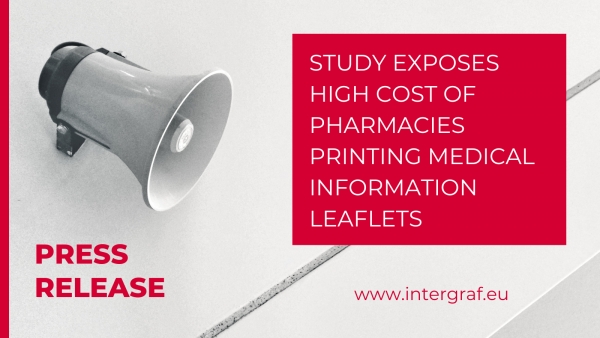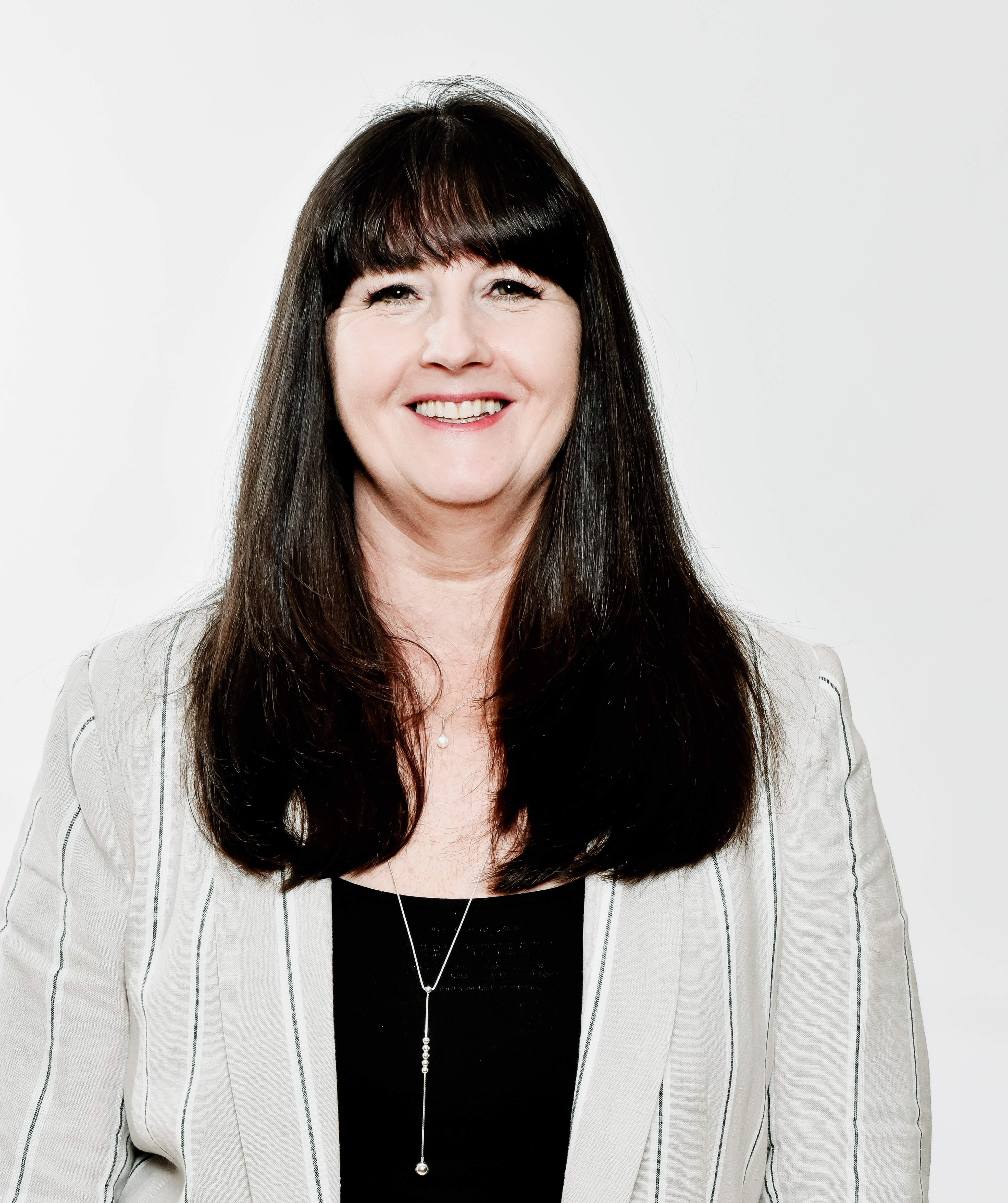15 June 2015

Blackmore purchase new LED printing machine
Blackmore Limited was founded in 1900 by Thomas Brickell on a pig farm in Gillingham, producing the local parish news and although the company has new owners, the Brickell family still maintain a small shareholding.
The Blackmore Group - including sister company Lamport Gilbert (also over 100 years old), has grown into an £11m, multi-faceted printing group employing nearly 100 people and supplying local, national and international clients from their Shaftesbury and Reading printing houses. Offering a unique combination of high-quality sheetfed and cold-set web facilities, Blackmore have built a strong client base in the publishing, charity, leisure, B2B magazine, cosmetics, educational, automotive, commercial and sports markets.
Blackmore was an early adopter of environmental processes, winning the Green award for the South West Region from The Dorset Business and The British Chamber of Commerce and Industry back in 2007 and has printed for environmentally minded clients such as Friends of the Earth, Greenpeace and the World Wildlife Fund. They have been recently nominated in the Environmental/recycled paper category of the national Print, Design and Marketing awards for a piece produced for WWF.
The company is proud to hold the following accreditations that have all become an essential part of their sales offering:
ISO 9001 Quality
ISO 14001 Environmental
ISO 18001 Health and Safety
FSC Chain of Custody
PEFC Chain of Custody
We have majored heavily on being able to advise our clients upon the most economic and appropriate use of environmentally friendly materials and processes, helping them to improve their own environmental profile - even when they have no accreditations of their own. Our approach has always been to reduce the raw materials used and to maximise the recycled content and recyclability of the finished product.
This sales drive within an environmental framework has led to many more clients having the confidence to print on more and more challenging uncoated materials, particularly as Blackmore's use of specialised image optimisation software allows for superb image reproduction on these difficult materials with the added benefits of reduced ink usage, quicker drying, no noxious smells from the ink/paper/heat process and reduced marking.
It is with this background that LED-UV first became of interest to us.
When we started to look to replace an ageing B2 press, our Production Director - Nigel Hunt, began to research the available UV systems as an alternative to conventional litho. Looking at the conventional H-UV and LE-UV systems it was quickly clear that we could not make the numbers work in our commercial printing operation.
The additional issues with ozone and heat production coupled with the ink price and ongoing lamp replacement costs (every 6-800 hours) together with the enormous electricity requirement quickly persuaded us that these systems were a non-starter in a commercial printing operation. We also had concerns regarding the environmental issues around the mercury lamps used and their potential ban by the EU in a few years time.
The LED-UV option quickly became of interest due to the potentially huge reduction in energy necessary to power it and the additional benefits of the lack of ozone and heat from the process were equally attractive.
We originally looked at an LED-UV SRA1 press from Ryobi as Nigel had been monitoring the evolution of LED-UV, but the testing that we carried out in the KBA factory with the AMS LED lamps fitted to a KBA 106 press convinced us that we were on the right track. The tests included timed trials for make-ready, running and job changeover across a range of papers including lightweight coated, uncoated of various weights, both sides of a one-sided board at 600 microns and finally, a polypropylene.
The press ran at 16,000iph and the automated colour control with press-sign software was very impressive with obvious benefits as we look to achieve the UKAS endorsed, BPIF ISO recognised 12647 colour accreditation.
The printed results were judged against our conventional litho output and we undertook various post-press operations with the printed sheets back in the UK to determine if there were any marking issues that would become apparent during processing. Happily, there were none and the sheets proved to be more robust than conventional litho with the added benefit of being totally dry in the delivery of the press meaning that they could be processed through to the finishing operation without any delay.
One of the jobs printed at KBA was our 2015 calendar which showcases photographs from both Blackmore's and Lamport Gilberts staff and which has been well received by our clients.
The work on cost justification was undertaken in parallel and whilst the inks are undoubtedly more expensive, the ink usage is proving to be approximately 30% lower than conventional litho.
Add to this is the fact that we are producing around 3 times the output of our old B2 press using the same electricity necessary to power the B2 press, the benefits are obvious - especially as electricity is unlikely to get cheaper in the future. Indeed, we used the cable that fed just the drying unit of the old press to power the entire new B1 KBA!
Once you add in the savings in spray powder (Blackmore run all stocks without the use of anti-set-off spray), coatings (no longer required) etc. the payback figures become impressive and made even more so when the significantly reduced footprint of the press (LED does not require an extended delivery), the quicker make-readies, faster running speeds on all stocks with a reduction in make-ready sheets is all taken into account. The lack of heat in the drying process also means that no extraction is required in the delivery.
Other more intangible benefits are obvious - such as the potential life of the AMS LED lamp. It is guaranteed for 20,000 hours as opposed to conventional UV mercury based lamps that have to be replaced (and there are lots of them), between every 600/800 hours. These mercury lamps gradually degrade from the outside in whereas the LED lamps compensate their own output to take into account any lamps that may fail. Being built in strips of 3 across the full width of the press, it is a simple operation to replace a strip and not necessary to replace the whole lamp.
The printed image is a much better match - particularly on uncoated papers - to hard copy inkjet proofs as the ink sits on the surface of the paper with little absorption.
When investing in new technology, particularly when it is being supplied by a combination of suppliers, you are always concerned about the potential levels of service but our experience is that KBA have really taken ownership of the relationship and even to the point of working with the ink, blanket and consumables supplies to provide a fully rounded back-up service to this new technology.
The AMS LED lamp technology has been totally trouble-free and they are working with us on their new developments of this Nobel Prize-winning technology.
Over 80% of Blackmore's work was calculated to be 4 colours only so the press ordered was a 4 colour B1 with LED-UV with no additional coating facility. Once the initial install was completed, Blackmore have adjusted it to be alcohol free, keeping faith with their stringent environmental objectives.
The installation coincided with the company winning a multi-language series of catalogues for a Europe-wide food distribution company, the text for which was all printed on the new KBA.
David Bland - Blackmore's sales and Marketing Director says: 'This is a marketing dream - high quality output at speed with more environmental benefits than you can shake a stick at! Massive power reduction, a reduction or elimination in the raw materials being used in the process with no spray powder or coatings necessary, reduced number of sheets used and all with press-sign verification of the print, no marking, quicker throughput, no waiting for drying, better match to an inkjet proof etc. Even on the shorter runs of small format work, the new LED press is competitive with B2 and, in many cases, more so.'
The ability to print on almost any material including non-absorbent simulators or plastics opens up new product opportunities and we have a number of packaging and greeting card producers wanting to test out difficult materials which currently cause them problems. One recent example of the possibilities is that we recently produced a high-quality brochure for a cosmetics customer on metallised board. The cover was printed with a solid purple on the inside and it was printed, foiled and embossed the same day and sewn/bound the following day. This would have been impossible using conventional litho.
The installation coincided with the company winning a multi-language series of catalogues for a Europe-wide food distribution company, the text for which was all printed on the new KBA and the full benefits are starting to pay-off as Blackmore have recently been nominated in the Environmental/recycled paper category of the national Print, Design and Marketing awards for a piece produced for WWF.
 Intergraf Economic News (Paper Prices) - March 2024
Intergraf Economic News (Paper Prices) - March 2024
18 March 2024
Access the latest edition of the Economic Newsletter for the European Printing Industry for data on paper consumption, and pricing data for pulp, paper and recovered paper. Data for packaging papers and board is also available with this edition.
 STUDY EXPOSES HIGH COST OF PHARMACIES PRINTING MEDICAL INFORMATION LEAFLETS
STUDY EXPOSES HIGH COST OF PHARMACIES PRINTING MEDICAL INFORMATION LEAFLETS
7 March 2024
Intergraf welcomes the release of a study by our partner MLPS (Medical Leaflet = Patient Safety), a subgroup of the European Carton Manufacturers Association (ECMA) shedding light on the potential economic costs associated with the proposed use of Print on Demand (PoD) leaflets in the pharmaceutical legislation revision.

The BPIF is the printing industries champion. By becoming a member you join a diverse and influential community. We help you solve business problems, connect you to new customers and suppliers and make your voice heard in government.
Call 01676 526030









